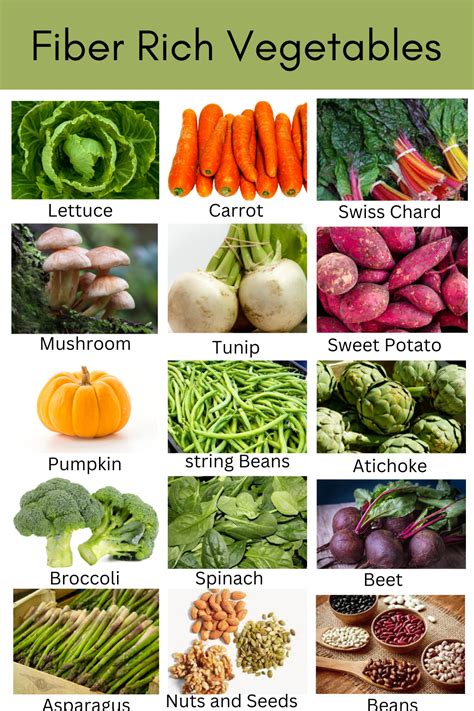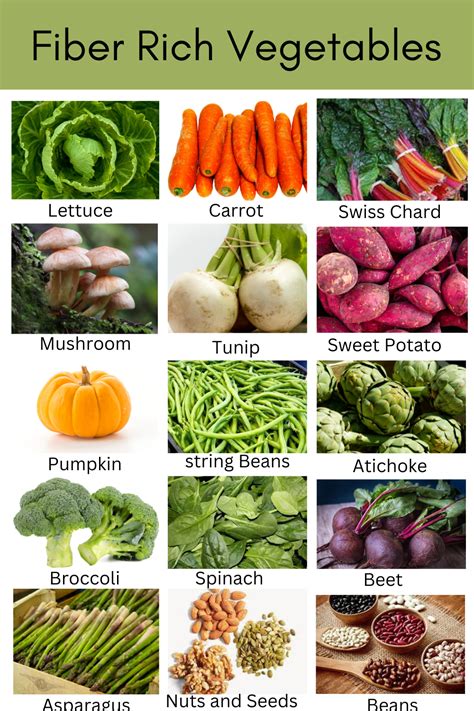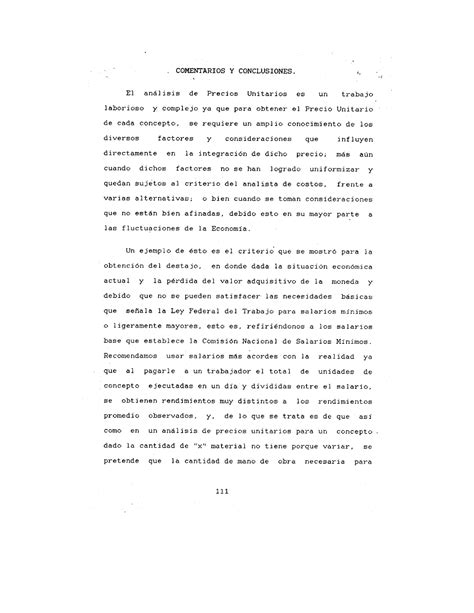Intro
Eating a diet rich in fiber has numerous health benefits, including promoting digestive health, supporting healthy blood sugar levels, and even aiding in weight management. Fiber is an essential nutrient that can be found in a variety of foods, with vegetables being one of the richest sources. Among the many vegetables available, some stand out for their exceptionally high fiber content. Understanding which vegetables are highest in fiber can help individuals make informed dietary choices to meet their daily fiber needs.
A diet rich in high-fiber vegetables can have a significant impact on overall health and wellbeing. For instance, a high-fiber diet has been associated with a lower risk of heart disease, certain cancers, and type 2 diabetes. Furthermore, fiber plays a crucial role in maintaining a healthy gut microbiome, which is linked to a robust immune system and even mental health. Given the importance of fiber, it is essential to identify and incorporate high-fiber vegetables into one's diet.
The importance of consuming high-fiber vegetables cannot be overstated. Not only do they provide essential nutrients, but they also contribute to satiety, making them an excellent addition to weight management diets. High-fiber vegetables are also rich in antioxidants, vitamins, and minerals, further enhancing their health benefits. With the vast array of vegetables available, it can be challenging to determine which ones are the highest in fiber. This article aims to explore the highest fiber vegetables, their nutritional benefits, and how they can be easily incorporated into a healthy diet.
Highest Fiber Vegetables

Some of the highest fiber vegetables include artichokes, peas, broccoli, carrots, and Brussels sprouts. These vegetables are not only rich in fiber but also in other essential nutrients like vitamins, minerals, and antioxidants. For example, one medium artichoke provides about 10 grams of fiber, making it one of the highest fiber vegetables per serving. Similarly, a cup of cooked peas contains approximately 9 grams of fiber, while a cup of cooked broccoli offers around 5 grams of fiber.
Nutritional Benefits of High-Fiber Vegetables
The nutritional benefits of high-fiber vegetables are vast and varied. They are rich in vitamins A, C, and K, as well as minerals like potassium and manganese. High-fiber vegetables also contain a range of phytochemicals, which have been shown to have anti-inflammatory properties and protect against chronic diseases. The fiber content in these vegetables helps to slow down the digestion of carbohydrates, reducing the impact on blood sugar levels and supporting healthy gut bacteria.Top High-Fiber Vegetables List

Here is a list of the top high-fiber vegetables:
- Artichokes: 1 medium = 10.3 grams of fiber
- Peas: 1 cup cooked = 9.1 grams of fiber
- Broccoli: 1 cup cooked = 5.1 grams of fiber
- Carrots: 1 cup cooked = 3.7 grams of fiber
- Brussels Sprouts: 1 cup cooked = 5.6 grams of fiber
- Sweet Potatoes: 1 medium = 4.7 grams of fiber
- Asparagus: 1 cup cooked = 2.8 grams of fiber
- Beets: 1 cup cooked = 3.7 grams of fiber
- Corn: 1 cup cooked = 3.6 grams of fiber
- Spinach: 1 cup cooked = 4.3 grams of fiber
Incorporating High-Fiber Vegetables into Your Diet
Incorporating high-fiber vegetables into your diet can be easy and delicious. Start by adding a serving of high-fiber vegetables to your meals. For example, add broccoli to your pasta dishes, use carrots and beets in salads, or snack on raw or roasted vegetables. Soups and stews are also great ways to consume high-fiber vegetables, as they can be made with a variety of vegetables and legumes.Cooking Methods to Preserve Fiber

The method of cooking can significantly impact the fiber content of vegetables. To preserve fiber, it is recommended to use cooking methods that minimize water and heat. Steaming, roasting, and grilling are excellent ways to cook high-fiber vegetables without losing their nutritional value. When boiling is necessary, using the cooking water in soups or stews can help retain some of the lost fiber and nutrients.
Health Benefits of a High-Fiber Diet
A diet rich in high-fiber vegetables has numerous health benefits. It can help lower cholesterol levels, promote regular bowel movements, and support healthy blood sugar levels. High-fiber diets have also been linked to a reduced risk of heart disease, obesity, and certain types of cancer. Furthermore, the prebiotic fiber in these vegetables feeds the good bacteria in the gut, supporting a healthy gut microbiome.Meeting Daily Fiber Needs

The daily recommended intake of fiber varies by age and sex, but most adults need about 25-30 grams of fiber per day. Meeting this daily need can be challenging, especially for those who do not consume enough fruits, vegetables, and whole grains. Incorporating high-fiber vegetables into meals and snacks can significantly contribute to meeting daily fiber needs. Additionally, reading food labels and choosing products high in fiber can also help.
Practical Tips for Increasing Fiber Intake
Increasing fiber intake can be achieved through simple dietary changes. Start by keeping a variety of high-fiber vegetables in the fridge and incorporating them into meals. Snacking on raw vegetables with hummus or guacamole can also boost fiber intake. When eating out, choose dishes that feature high-fiber vegetables, and do not hesitate to ask for extra vegetables.Common Challenges and Solutions

One common challenge to increasing fiber intake is the potential for digestive discomfort, such as bloating or gas. This can be mitigated by gradually increasing fiber consumption over a few weeks, allowing the gut microbiome to adjust. Drinking plenty of water and engaging in regular physical activity can also help alleviate digestive discomfort.
Addressing Fiber-Related Myths
There are several myths surrounding fiber intake that can deter individuals from consuming high-fiber vegetables. One common myth is that a high-fiber diet is too bulky or filling, leading to weight gain. However, high-fiber foods tend to be more satiating, which can actually support weight loss. Another myth is that cooking destroys all the fiber in vegetables, which is not entirely true. While some fiber may be lost during cooking, especially in water, a significant amount remains, especially when cooking methods like steaming are used.Conclusion and Future Directions

In conclusion, incorporating high-fiber vegetables into one's diet is a simple yet effective way to improve overall health and wellbeing. With their rich content of fiber, vitamins, minerals, and antioxidants, these vegetables play a crucial role in supporting healthy digestion, blood sugar levels, and even mental health. By understanding the benefits and incorporating high-fiber vegetables into meals and snacks, individuals can take a significant step towards meeting their daily fiber needs and reducing the risk of chronic diseases.
As research continues to uncover the benefits of high-fiber diets, it is essential for individuals to stay informed and make conscious dietary choices. This includes exploring a variety of high-fiber vegetables, learning about different cooking methods, and addressing common challenges and myths associated with fiber intake. By doing so, individuals can harness the full potential of high-fiber vegetables to support a healthy, balanced lifestyle.
Final Thoughts

In final thoughts, the journey to a healthier lifestyle begins with small, achievable steps, such as incorporating high-fiber vegetables into daily meals. By doing so, individuals not only improve their own health but also set a positive example for others. The impact of dietary choices extends beyond personal health, influencing environmental sustainability and food production practices. As the world continues to navigate the complexities of health and nutrition, the importance of high-fiber vegetables will only continue to grow.
What are the health benefits of a high-fiber diet?
+A high-fiber diet has numerous health benefits, including promoting digestive health, supporting healthy blood sugar levels, and aiding in weight management. It can also help lower cholesterol levels and reduce the risk of heart disease, obesity, and certain types of cancer.
How much fiber should I consume daily?
+The daily recommended intake of fiber varies by age and sex, but most adults need about 25-30 grams of fiber per day. This can be achieved by consuming a variety of high-fiber vegetables, fruits, and whole grains.
Can cooking destroy the fiber in vegetables?
+While some fiber may be lost during cooking, especially in water, a significant amount remains, especially when using cooking methods like steaming. The method of cooking can significantly impact the fiber content of vegetables, so it's recommended to use methods that minimize water and heat.
We hope this comprehensive guide to high-fiber vegetables has been informative and helpful. Whether you're looking to improve your digestive health, support healthy blood sugar levels, or simply incorporate more nutritious foods into your diet, high-fiber vegetables are an excellent choice. Share your favorite high-fiber vegetable recipes or ask questions in the comments below. Don't forget to share this article with friends and family who might benefit from learning about the importance of high-fiber vegetables in a healthy diet.
